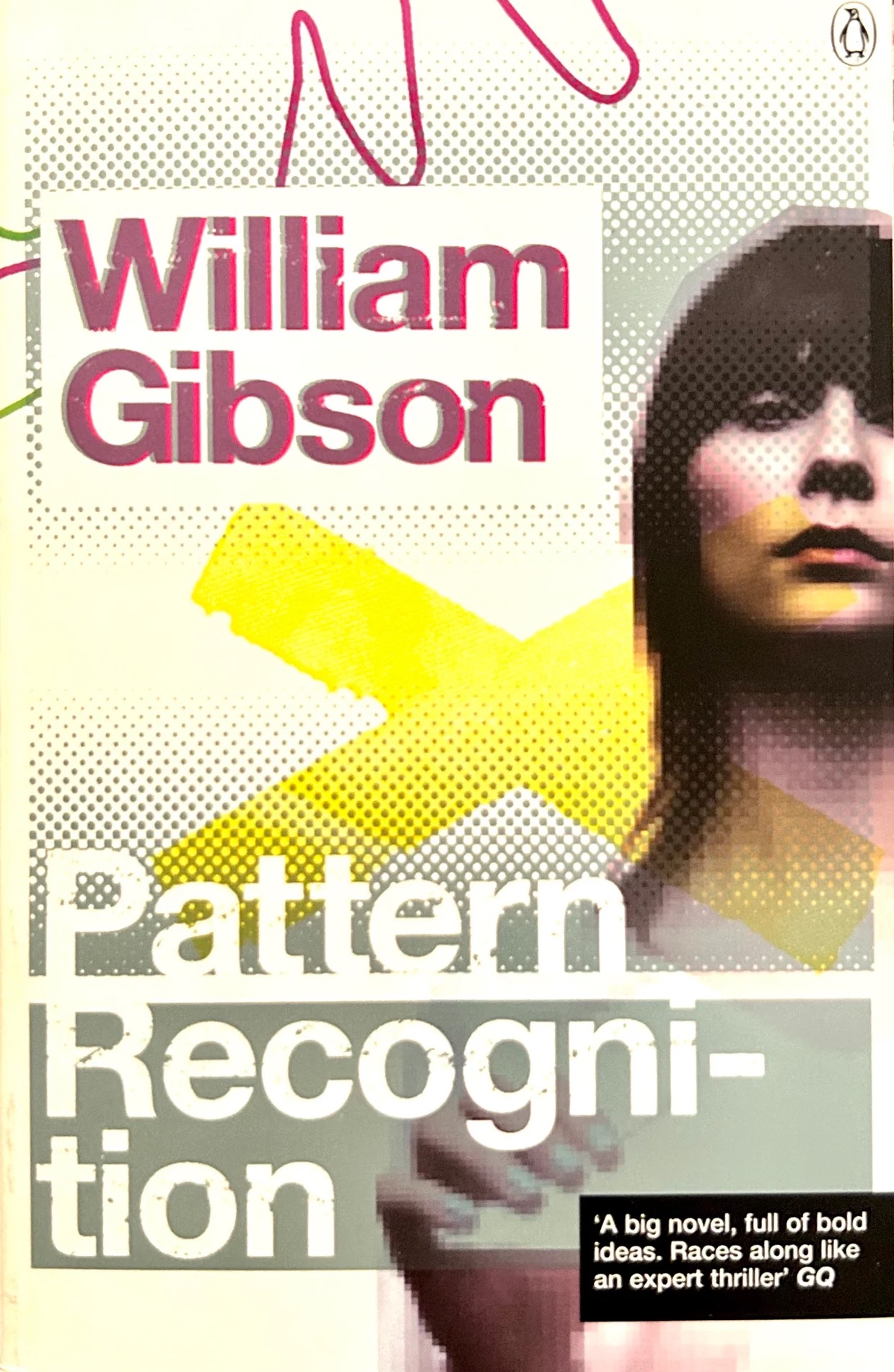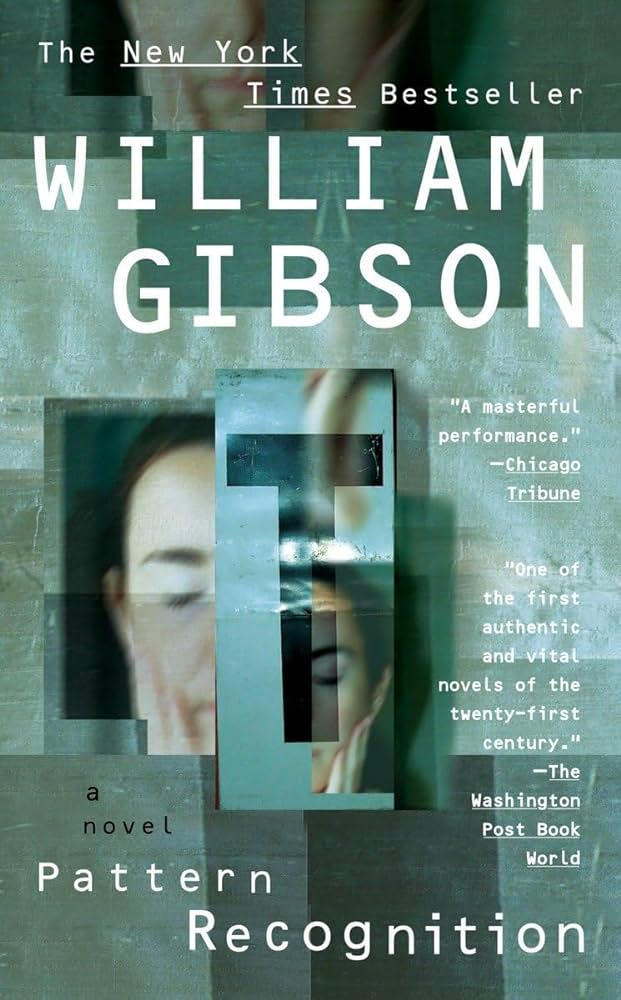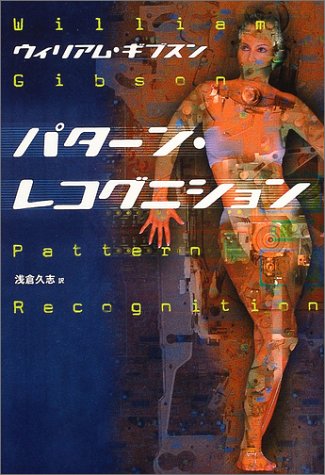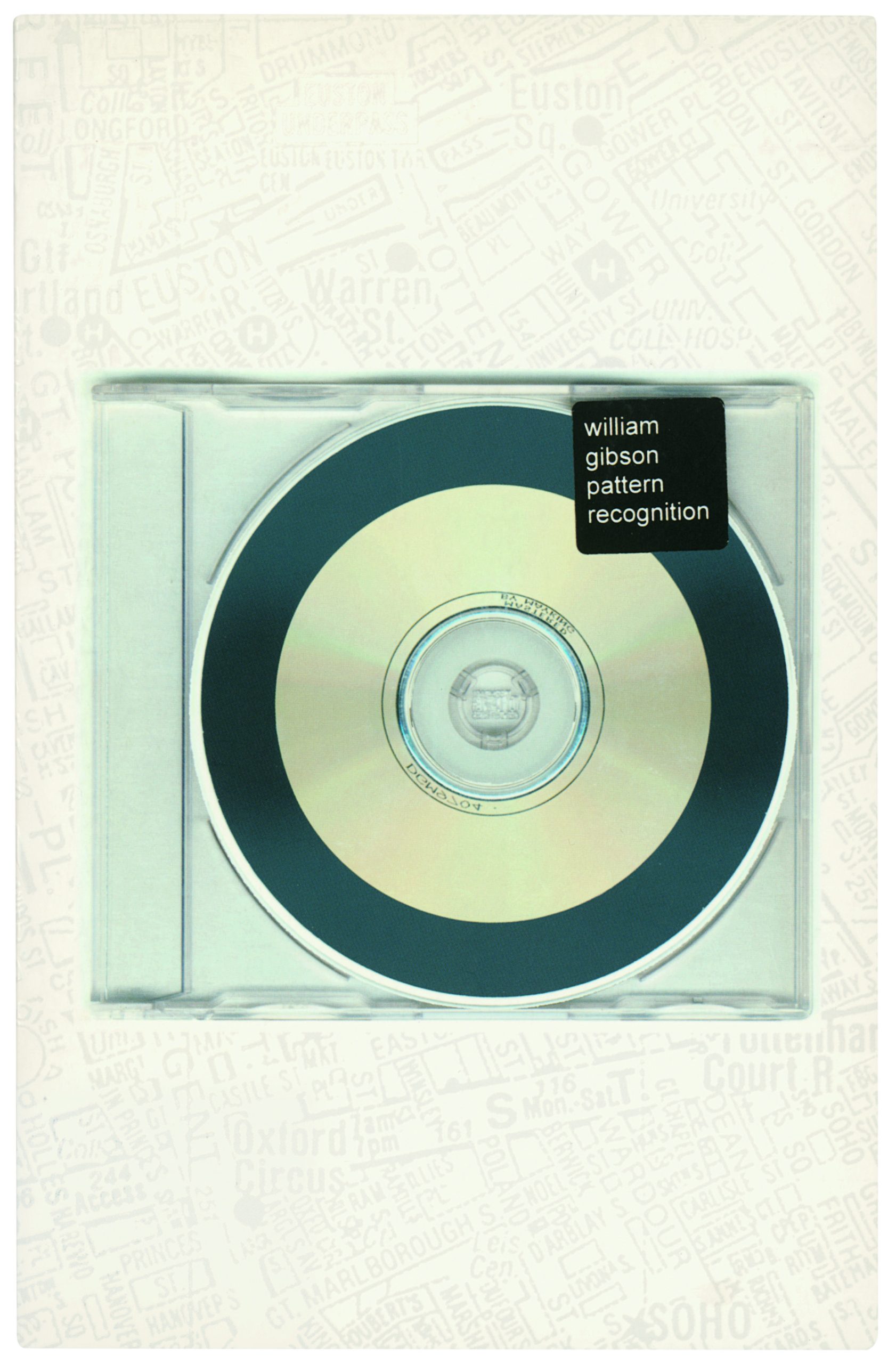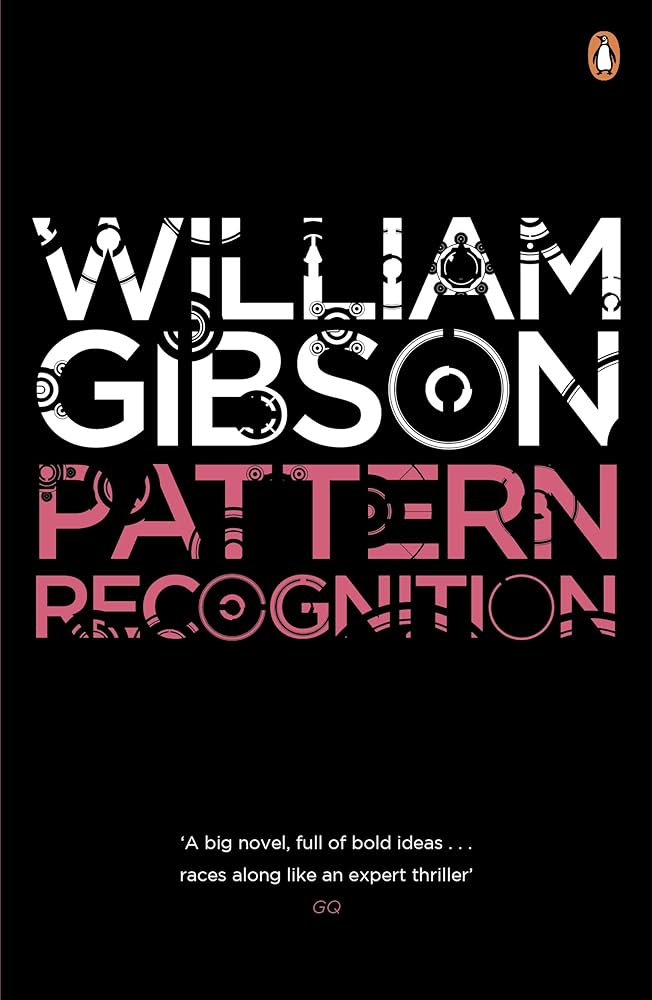SEMIOPUNK (21)
By:
June 17, 2024
An irregular, ongoing series of posts dedicated to surfacing examples (and predecessors) of the sf subgenre that HILOBROW was the first to name “semiopunk.”
BABEL (2022) | BABEL-17 (1966) | CAMP CONCENTRATION (1968) | A CANTICLE FOR LEIBOWITZ (1959) | CAT’S CRADLE (1963) | COSMONAUT KEEP (2000) | THE DIFFERENT GIRL (2013) | DOOM PATROL (1987–91) | THE EINSTEIN INTERSECTION (1967) | EMBASSYTOWN (2011) | ENGINE SUMMER (1979) | EXPLOITS AND OPINIONS OF DR. FAUSTROLL, PATAPHYSICIAN (1911) | FEERSUM ENDJINN (1994) | FLATLAND (1884) | FRIDAY (1982) | LE GARAGE HERMÉTIQUE (1976–79) | THE GLASS BEAD GAME (1943) | GLASSHOUSE (2006) | GRAVITY’S RAINBOW (1973) | THE HAMPDENSHIRE WONDER (1911) | LORD OF LIGHT (1967) | THE MAN WITH SIX SENSES (1927) | THE MOUNTAIN IN THE SEA (2022) | NINEFOX GAMBIT (2016) | ODD JOHN (1935) | PATTERN RECOGNITION (2003) | THE PLAYER OF GAMES (1988) | RIDDLEY WALKER (1980) | RODERICK (1980–83) | SNOW CRASH (1992) | THE SOFT MACHINE (1961) | SOLARIS (1961) | THE SPACE MERCHANTS (1953) | THE THREE STIGMATA OF PALMER ELDRITCH (1964) | TIME OUT OF JOINT (1959) | UBIK (1969) | VALIS (1981) | A VOYAGE TO ARCTURUS (1920) | VURT (1993) | WHITE NOISE (1985).
PATTERN RECOGNITION
If 2003 was the last year of the twentieth century, according to HILOBROW’s periodization scheme, then let’s call William Gibson’s 2003 thriller Pattern Recognition one of the century’s last adventure novels.
A science fiction novel set in the present, if such a thing is possible, Gibson’s story takes as its theme the near impossibility of making sense — and finding meaning — in our postmodern, brand-saturated Western world. Which of course makes it a key touchstone for my fellow consulting semioticians, including Toronto’s Charles Leech, who in a recent SEMIOVOX essay on Pattern Recognition recalled that when it came out, “Gibson’s story about a semiotician whose perspective was valued and respected was a reassuring tonic.”
Our heroine is Cayce Pollard, a woman whose acute sensitivity to branding has made her a sought-after, highly paid (and, as Leech enviously notes, absolutely unquestioned) consultant… and also a neurasthenic type, who sands the logos off the buttons of her Levis. Think of her as a mercenary, decidedly un-preachy, and therefore infinitely more interesting and engaging Naomi Klein. (Klein mentions Gibson’s book in her retrospective reflections on the genesis of No Logo, although of course Klein’s book came first; it’s all very Gibsonian.) Unlike the preachy Klein, Pollard is haunted by epistemological doubt; she is adept at discerning deep patterns in culture, yet aware that apophenia — discerning patterns where there aren’t any — is an occupational hazard. She’s a self-aware paranoid.
Hubertus Bigend, head of the marketing agency Blue Ant — which also features in Gibson’s Spook Country (2007) and Zero History (2010) — doesn’t care one way or the other whether Pollard’s patterns are legit. Which is the very definition of bullshit; Bigend — like the big-ended Donald Trump — is a BS artist. By weaponizing Pollard’s abilities in the world of branding, Bigend has become wealthy. Now, he has a side project for her: Figuring out who has been posting a series of artistic film clips online. These are somehow immune to appropriation, almost beyond culture; they’ve gone viral; he wants to exploit the clips’ creator.
Shuttling between New York, London, Tokyo, and Moscow, on this mission impossible, Pollard ponders what it might portend that the clips — outsider art, essentially; she was already fascinated by them — have attracted a cult following, a hive-mind buzzing with mostly wrong-headed ideas. In the course of her quest, she will run afoul of the Russian Mafia — and must rely on talented Internet friends to ride to her rescue. (In previous and subsequent Gibson adventures, AI serves as the deus ex machina.) Her mission also sheds light on the mystery of her ex-CIA father — who disappeared in New York City on Sept. 11, 2001, and is presumed dead.
Pollard is a kind of consulting semiotician, albeit one with fantastical abilities, so it’s almost too on-the-nose to include this book in this series. When I tell people what I do for a living, it’s common for them to say, “Like Cayce Pollard?” But let’s take a look….
“She can only tolerate things that could have been worn, to a general lack of comment, during any year between 1945 and 2000,” we’re informed about our heroine. “She’s a design-free zone, a one-woman school of anti whose very austerity periodically threatens to spawn its own cult.”
As is so often the case with Gibson, he appears to poking fun at his own proclivities here. They’re my proclivities too! When I was in high school, my friends and I practiced a form of dandyism we called “Regular Style” — about which I’ve written elsewhere. Also see this 1999 Q&A I did with Daniel Clowes, where I describe Enid Coleslaw’s final look as “post-shtick shtick.” Pollard’s look is post-schtick.
Pollard is interested in the enigmatic video clips, which exert a melancholy fascination upon legions of viewers… but equally or more interested in the online subcultures of interpretation that have emerged in response to them. “Zaprudered into surreal dimensions of purest speculation, ghost-narratives have emerged and taken on shadowy but determined lives of their own.” She is interested not merely in what the clips mean, that is to say, but how they mean; the former is Dan Brown territory, the latter is Umberto Eco — i.e., semiotic.
Working as a consulting semiotician can be fun… but it can take a toll. Pollard’s PTSD-like panic attacks, induced by a glimpse of Louis Vuitton luggage, or by the “terrible eyes” of the Michelin Man, are an amusing conceit. (It’s a sign of her ethical peril that Pollard receives payment for her services in the form of bundles of cash… packed tightly in a Louis Vuitton slim-line attaché case.) Her response to the Hilfiger brand suggests a deeper malaise: “simulacra of simulacra of simulacra…. There must be some Tommy Hilfiger event horizon, beyond which it is impossible to be more derivative, more removed from the source, more devoid of soul.”
There’s another good line about a fake-authentic Irish pub that Pollard spots: “a pub of such quintessential pubness that she assumes it is only a few weeks old.” (See Hermenaut #15, published in 1999.)
Is culture devouring itself, Ourobouros-like? Bigend certainly seems to think so. “The creative process is no longer contained within an individual skull, if indeed it ever was,” he declaims. “Everything, today, is to some extent the reflection of something else.” He has no problem with the Hilfigerization of culture. What he seeks to understand through cracking the mystery of the tantalizing film clips is how to help his clients’ brands capture attention, generate discussion. How to make a brand mean something… while also remaining ambiguous enough to invite participation in that meaning-making. It’s the Holy Grail for marketers.
There’s a more socio-political articulation of the Ourobouros problem, too: “We have no future because our present is too volatile… We have only risk management, the spinning of the present moment’s scenarios, pattern recognition.” This is the Hilfiger syndrome writ large.
After a burglar tampers with the Mac she’s been using, Pollard finds herself on the trail of what may be an international conspiracy… or merely “an illusion of meaningfulness, faulty pattern recognition.”
Pattern Recognition is itself “to some extent the reflection of something else”: Thomas Pynchon’s 1966 apophenic thriller The Crying of Lot 49. In which Oedipa Maas uncovers a centuries-old conflict between two mail distribution companies. (Or is she perhaps merely detecting signals where there is only noise?) This is first-time-as-comedy stuff; Oedipa’s adventures are a picaresque, often comical, never earnest. Gibson manages to avoid earnestness, but this is a serious remake of The Crying of Lot 49. (I’m not the first to point this out.)
Pattern Recognition is also a reworking of Gibson’s own 1986 novel Count Zero. Here Marly Krushkhova, a disgraced art dealer (and thus a coolhunter in the art world) is given unlimited resources by an untrustworthy tycoon, Joseph Virek, to track down the maker of mysterious and melancholy boxes. In both novels, the object of the heroine’s search is a MacGuffin — the point of the story is the search itself, the search for meaning.
JOSH GLENN’S *BEST ADVENTURES* LISTS: BEST 250 ADVENTURES OF THE 20TH CENTURY | 100 BEST OUGHTS ADVENTURES | 100 BEST RADIUM AGE (PROTO-)SCI-FI ADVENTURES | 100 BEST TEENS ADVENTURES | 100 BEST TWENTIES ADVENTURES | 100 BEST THIRTIES ADVENTURES | 75 BEST GOLDEN AGE SCI-FI ADVENTURES | 100 BEST FORTIES ADVENTURES | 100 BEST FIFTIES ADVENTURES | 100 BEST SIXTIES ADVENTURES | 75 BEST NEW WAVE SCI FI ADVENTURES | 100 BEST SEVENTIES ADVENTURES | 100 BEST EIGHTIES ADVENTURES | 75 BEST DIAMOND AGE SCI-FI ADVENTURES | 100 BEST NINETIES ADVENTURES | 75 BEST HADRON AGE SCI-FI ADVENTURES.

